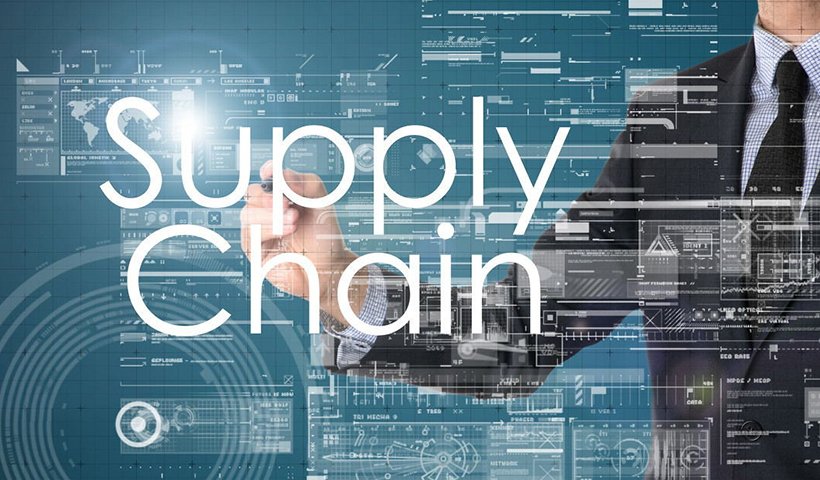As the core task of supplier management, the maintenance of customer relationship brings direct or potential advantages to sourcing enterprises by promoting open exchanges between the two sides and avoiding many potential problems.
For example, when an enterprise makes an urgent request of increased quantity of supply or early deliveries to the supplier, its demands can easily be met with a solid purchaser-supplier relationship that shortens the negotiation between the parties, simplifies the problems and settles disputes with little hindrance.
Based on LKKER SCM’s years of experience in managing 3,000+ supplier partners, we would like to share with you the following key approaches in building favorable purchaser-supplier relationship.
1. Build mutual trust and maintain business confidentiality
The purchaser must maintain strict confidentiality of all costs, techniques and performance of the supplier. Any disclosure of a supplier’s information to another supplier will soon be learnt by the supplier, which will undermine the long-term relationship between the supplier and the supply management company.
It is of great importance to enter into a mutual confidentiality agreement with the supplier in the early stage of establishing a partnership.
2. Conduct strategic cooperation and consultation with supplier executives
The executives of the purchaser should meet with its counterparts in the key suppliers on a regular basis to discuss the strategic cooperation objectives in the long run.
Many Fortune 500 companies such as Caterpillar, Intel, and Toyota regularly hold such meetings with key suppliers, during which managers of both sides discuss market trends, potential expansion plans, long-term technical issues and future investment plans.
3. Focus on end user
Each party in the supply chain should be aware that they are serving the common end consumer, which leads to a common core.
Honda told all its suppliers of parts and raw materials that they are contributing to the manufacturing of each Honda. All suppliers, regardless of where they are in the supply chain, have the same core.
4. Carry out satisfaction surveys on suppliers on a regular basis
To collect feedback from suppliers and inquire about the communication with the purchaser, the attitude towards purchaser-supplier relationship, the accuracy of information communication, the punctuality of payment, the equality of status and the possibility of exposure to new opportunities, especially in terms of payment through a questionnaire.
Late payment will undoubtedly give the supplier a bad impression and may cause financial problems to the supplier, which will affect its ability to pay the downstream supplier or fulfill a contract, and ultimately influence the entire supply chain of the enterprise.
5. Deliver pertinent training for suppliers
Some supply management companies provide training opportunities for their suppliers to improve their quality of products and processes. This is an investment in supplier performance and also in the relationship between the two sides.
For example, some of the largest Korean companies, such as LG Electronics and Samsung, offer their suppliers training courses covering leadership, solutions and computer aided conceptual design (CACD).
Case Sharing: How does Caterpillar build a good relationship with suppliers?
Caterpillar regards suppliers as a key part in its business operation and value chain. It has set up a global sourcing center dedicated to the formulation and development of supplier strategies, as well as selection of suppliers, demonstrating the great importance it has attached to the selection and development of suppliers. Caterpillar has developed a set of selection criteria for suppliers, namely the QCLDM, where Q stands for Quality, C stands for cost, L stands for logistics, D stands for development, i.e., the ability to develop, and M stands for management. Caterpillar evaluates its suppliers from the five aspects of QCLDM.
Caterpillar not only selects, but also helps and supports its suppliers. In Caterpillar, whether a Chinese supplier is to be selected as China-based matching supplier or a global supplier is determined by a variety of factors such as the products, management and cost and quality of the supplier. At present, Caterpillar has 300+ suppliers in China, most of whom are local suppliers, and some are foreign suppliers drawn to China with the expansion of Caterpillar. For example, some Japanese suppliers have invested and developed in China after following Caterpillar into China.
No company has invested such a large amount of resources to support and develop suppliers in China like Caterpillar. Such support has also earned Caterpillar the highest praise among suppliers. With the help of Caterpillar, many suppliers have grown into global suppliers of Caterpillar from scratch, and some are even included into the Harvard Business School Cases.
Caterpillar has established a Caterpillar Supplier Park specialized in excavators in Xuzhou to construct a comprehensive supporting network. A competitive and efficient supply chain system will be an indispensable part of the future competitiveness of an enterprise. The building of an efficient and integrated supplier system, including information flow, logistics and integration is vital to enterprises, especially if their production capacity reaches a certain extent.







